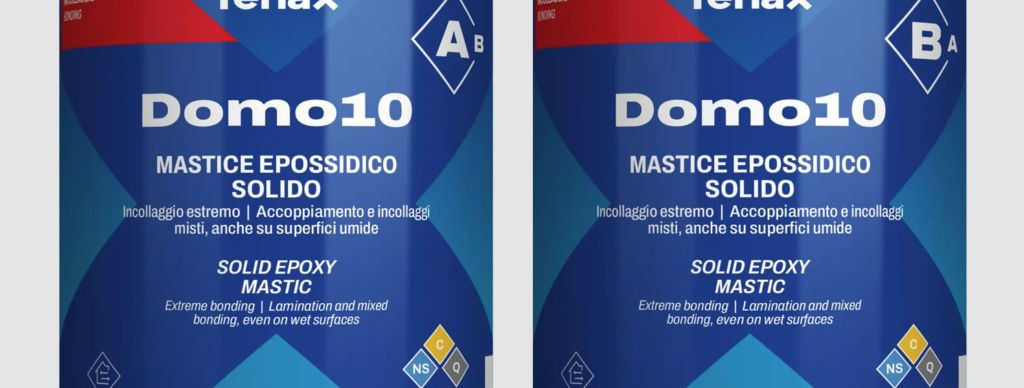How to choose the right stone adhesive
In the world of construction, the choice of materials can significantly impact the durability and aesthetic appeal of a project. Stone adhesives play a crucial role in ensuring that stone installations are not only secure but also long-lasting. With a variety of adhesives available, selecting the right one can be daunting. This guide aims to simplify the process by providing insights into the types of stone adhesives and the factors to consider when making your choice.
Understanding Different Types of Stone Adhesives
Cement-based adhesives are among the most commonly used in construction. They are ideal for both indoor and outdoor applications and are known for their strong bonding capabilities. These adhesives are particularly suitable for natural stones like marble and granite, providing a robust and durable bond.
Epoxy-based adhesives are renowned for their exceptional strength and resistance to chemicals and moisture. They are perfect for heavy-duty applications and are often used in industrial settings. These adhesives are suitable for bonding a wide range of stones, including those used in high-stress environments.
Polyurethane adhesives offer flexibility and are excellent for applications where movement or vibration is expected. They provide a strong bond and are resistant to weathering, making them ideal for exterior stone installations.
Silicone adhesives are known for their flexibility and resistance to temperature extremes. They are often used for sealing and bonding applications where a watertight seal is necessary. These adhesives are suitable for both indoor and outdoor use, particularly in areas exposed to moisture.
Key Factors to Consider When Choosing Stone Adhesives
The type of stone you are working with will significantly influence your choice of adhesive. Different stones have varying porosity and surface characteristics, which can affect adhesion. Ensure that the adhesive you choose is compatible with the specific stone type.
Consider the environmental conditions where the stone will be installed. Factors such as temperature, humidity, and exposure to chemicals or moisture can impact the performance of the adhesive. Choose an adhesive that can withstand the specific environmental conditions of your project.
Evaluate the load and stress factors that the stone installation will be subjected to. Heavy stones or those used in high-traffic areas require adhesives with high tensile strength and durability.
The appearance of the adhesive can affect the overall look of the stone installation. Consider adhesives that offer color matching or those that can be easily concealed to maintain the aesthetic appeal of the project.
Application Techniques and Best Practices
Proper surface preparation is crucial for effective adhesion. Ensure that the stone surfaces are clean, dry, and free from dust or debris before applying the adhesive.
Follow the manufacturer's instructions for mixing and applying the adhesive. Use the appropriate tools to ensure even distribution and avoid air pockets that can weaken the bond.
Allow sufficient time for the adhesive to cure and set. This is essential for achieving maximum bond strength and ensuring the longevity of the installation.
Common Mistakes to Avoid
Avoid common mistakes such as using the wrong type of adhesive for the stone or environmental conditions, neglecting surface preparation, and not allowing adequate curing time. These errors can compromise the integrity of the stone installation and lead to costly repairs.






Comments (0)